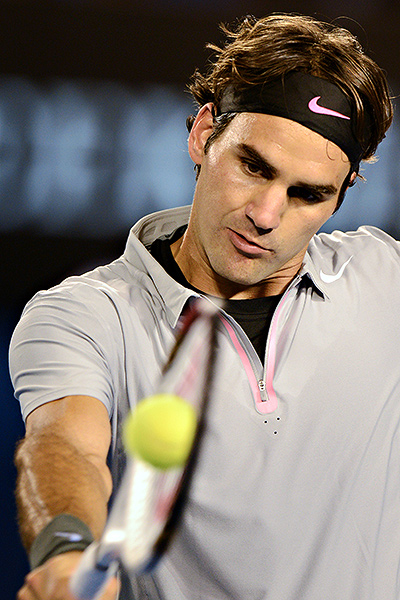What does it mean to be a hero in trading?
In poker, a “hero call” is sometimes appropriate. It refers to the call of a very large river bet with medium strength — or even Ace-high — based on a strong read that your opponent whiffed on a draw and is representing a huge hand to steal the pot.
In markets and trading, there is no official definition, but we can more or less surmise being a “hero” looks like the following:
Putting your foot down and saying “markets will do X, I’m sure of it!”
Pointing to the sky like Babe Ruth — “this is where my profits on this trade are going to go!” (more…)



 Well, perhaps the best way is to emulate some of the trading principles used by the pundits of yesteryear who beat the stock market no matter the emotions and mechanics of the institutional herd. For instance:
Well, perhaps the best way is to emulate some of the trading principles used by the pundits of yesteryear who beat the stock market no matter the emotions and mechanics of the institutional herd. For instance: